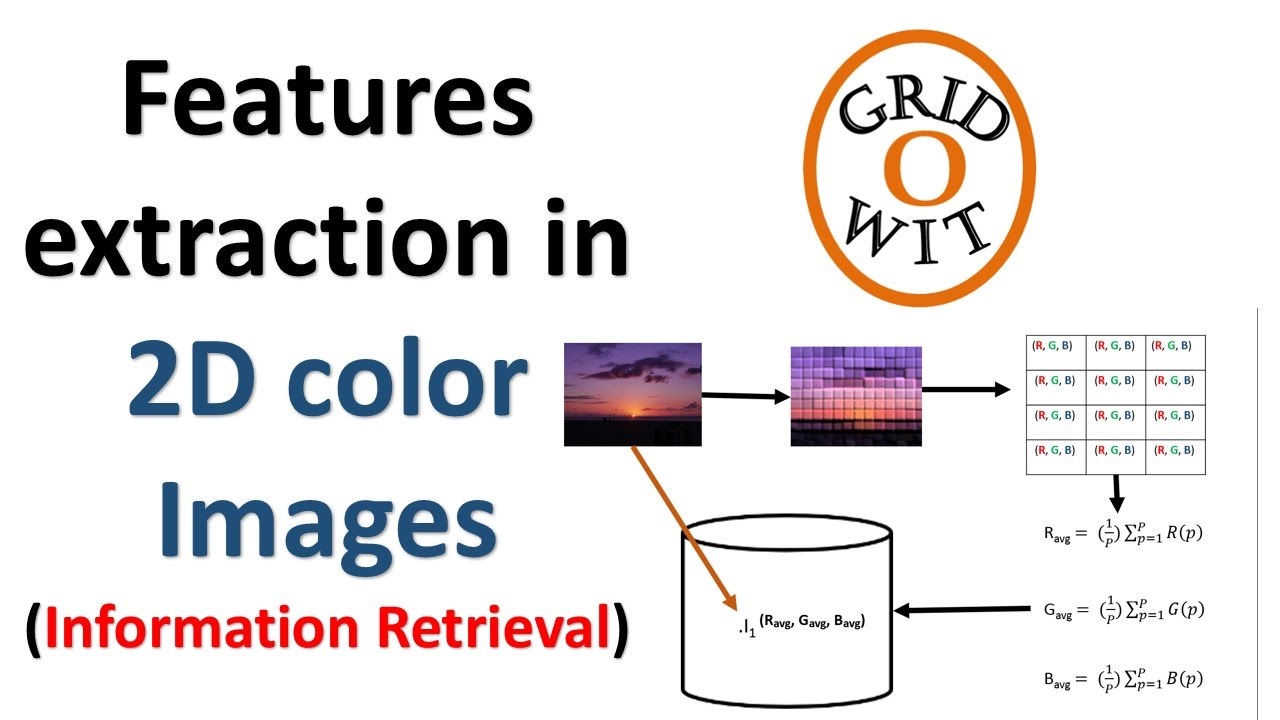Feature Extraction
Feature extraction is a process in which data is reduced from a high-dimensional space into a lower-dimensional space. This process is commonly used in the fields of computer vision and machine learning, where data is extracted from images or large databases of structured information. Feature extraction is performed in order to reduce the complexity of the data and make it easier to analyze.
The process of feature extraction goes beyond simply eliminating redundant information. Instead, it seeks to identify and extract the most relevant features from the data that best represent the underlying process or relationship of interest. Feature extraction can be applied to both logical and physical data, which allows for the development of more meaningful models and algorithms that can better capture the complexity of the data.
The most common techniques for feature extraction include principal component analysis, hierarchical clustering, wavelets, and Fourier Transforms. These techniques are applied to the data in order to identify patterns and relationships in the data that can be used to build predictive models.
By reducing the data to a lower-dimensional space, feature extraction allows for the development of more efficient models and algorithms, which can be used to solve various problems in machine learning, image recognition, and pattern recognition. As a result, feature extraction is a key preprocessing step in many machine learning algorithms and is essential for achieving the best possible performance from these algorithms.





